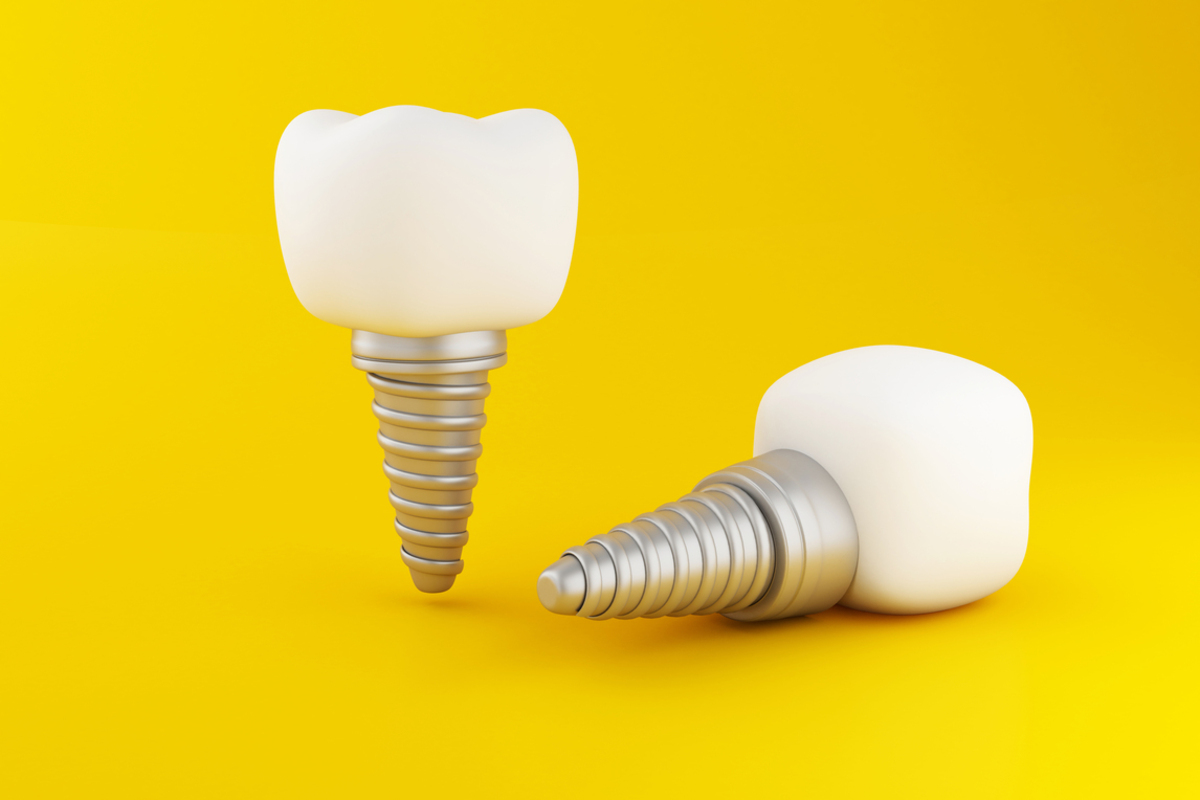Millions of patients around the world have chosen dental implants as a treatment option to replace lost teeth, and restore their function and aesthetics. Implant treatment has been a welcome change from tooth-supported bridges and removable dentures — which were conventionally used to replace missing teeth.

Recently, a new technique known as basal implantology has been advocated to treat cases in which conventional implants are not possible due to the unavailability of adequate bone height. In order to understand what basal implants are, it is necessary to understand how implants take support from the jaw bone.
Alveolar bone and basal bone
The bone in the immediate vicinity of a natural tooth is known as the alveolar bone. It is also known as soft bone. This bone starts remodeling and dissolving as soon as a natural tooth is extracted.
Conventional implants are fixed into this soft bone. If the soft bone is deficient, augmenting procedures like sinus lift and ridge split are carried out.
Basal bone
The bone which lies below the soft bone is called basal bone. Most of the muscles of the face are attached to this bone. Basal bone is extremely dense compared to the alveolar bone and does not remodel or dissolve over time, thus making it ideal to take support for a dental implant.
Basal implants
Basal implants are also known as single-piece implants because unlike conventional implants, they do not have different components that attach to each other. The concept of basal implants has been popular for two decades as an alternative to conventional implants, although a lot of clinicians remain unconvinced about their long-term success.
Advantages of basal implants
1. No additional surgeries
Since basal implants take all their support from the dense basal bone, there is no need to modify or augment the existing soft bone in a patient’s mouth. Hence, additional surgeries like bone grafting, sinus lifts, ridge splits, etc. are avoided.
2. Lower risk of infections and fracture
Basal implants do not have multiple components like conventional implants. And also, the surface of the implant is polished smooth. So there is less of a risk of infections due to food getting stuck and failures at the junction of different components.
Basal implants are of a smaller diameter and can be placed without raising a flap. There is no need for secondary surgeries and stitches in most cases. The risk of post-operative swelling is minimal, and the implants cause only mild pain which is manageable with medication.
3. Immediate loading
Basal implants can be placed in the same sitting as when the teeth are extracted. This reduces the waiting period for the patient in order to get the teeth.
As these implants are drilled into the basal bone, they have excellent strength and stability right from the beginning. It is possible to load the implants within 72 hours after placing them. This avoids the need for provisional prostheses and is very acceptable for the patient.
Who can get basal implants?
1. Patients with insufficient bone
Patients who have been missing teeth for a long time, sometimes do not have an option to get conventional implants, because the bone has dissolved to such an extent, that there is no support for conventional implants. For such patients, basal implants provide a good option.
2. Compromised patients
Patients who are heavy smokers, suffer from conditions like diabetes or recurrent gum infections are generally avoided for conventional implants as they have a higher failure chance of implants, because there are more chances of infections of the bone around the implant, leading to loosening of the implant screw. In such cases, basal implants are advised because the support comes from the deeper basal bone.
3. Patients with multiple missing teeth
Basal implants are generally advised when three or more adjacent teeth are missing. This provides for good stability. Basal implants are best used when all the teeth in a jaw are to be replaced. They are generally avoided for replacing a single missing tooth.
Complications
1. Cracks or fractures in the bone
In case of extreme chewing forces or conditions like bruxism, micro-cracks can develop in the bone. These heal quickly provided the force is reduced adequately.
2. Nerve damage
Because these implants are drilled deep within the jaw bone, nerves may be nicked, especially in the lower jaw. This can lead to a temporary or permanent loss of sensation in a part of the lower lip.
3. Bleeding
If a vein or artery gets damaged during drilling deep into the bone, it can cause uncontrolled bleeding.
Conclusion
However, basal implantology remains in a comparatively nascent stage when compared to conventional implants. With the excellent success rates of conventional implants, basal implants are generally used only when the former isn’t possible. The final decision lies with the attending dentist based on the clinical scenario of the patient.

